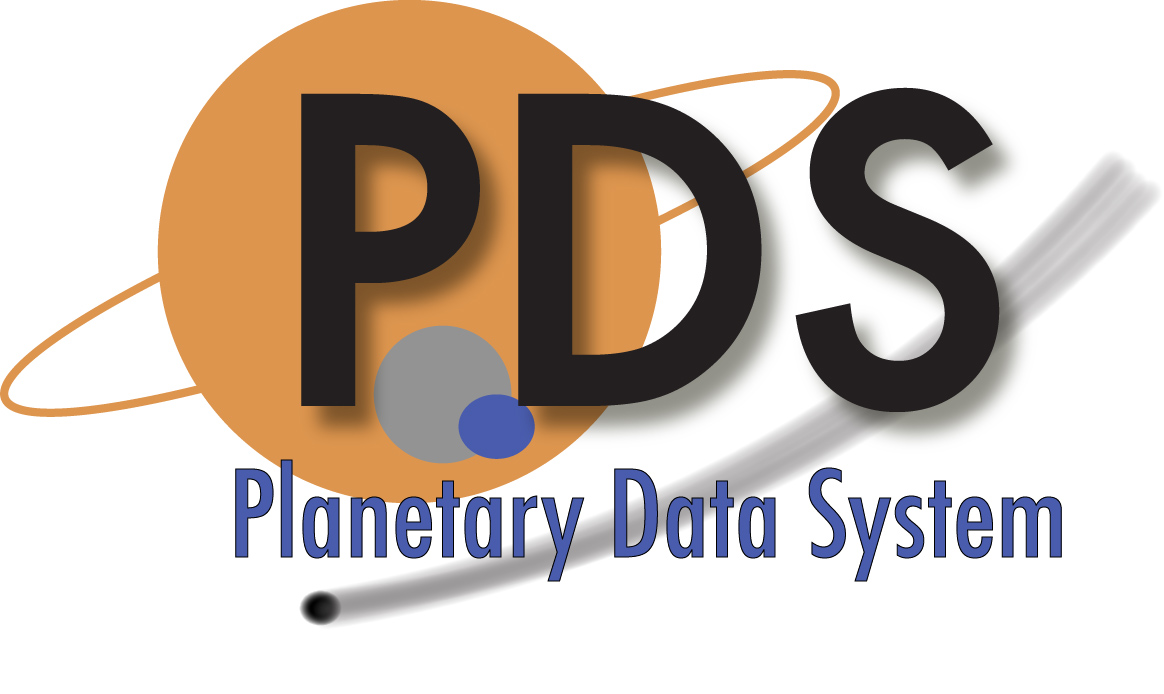Cross Section IR Spectroscopy of Hydrocarbons in Planetary Atmospheres
Absorption cross sections of hydrocarbons pure and broadened with H2, He, or N2 were recorded using three sites, the Canadian Light Source (CLS) facility using either the synchrotron or internal glow-bar source depending on the required resolution, an Enclosive Flow Cooling (EFC) cell located at the Australian Synchrotron Far-IR/THz beamline, and a few measurements at the Old Dominion University Fourier Transform IR Laboratory in Virginia. Measurements were made in the far-IR region (650-3300 cm−1) for a range of pressures up to 300 Torr and temperatures from 150 to 297 K with a Bruker IFS 125HR FT Spectrometer. Infrared absorption cross-sections were derived from the spectra and can be used to interpret astronomical observations of giant planets such as Jupiter and Saturn, Titan, and exoplanets.
Access to the Data
Bundle (lab.hydrocarbon_spectra) Root directory for the bundle.
The Data Collection:
The data are organized in 15 subdirectories of CSV files by species with detached XML labels (for helium, hydrogen, nitrogen, or no broadening gas for each species). File names include species and temperature/pressure information. Zip files are available for bulk download by species or individual files can be downloaded as you browse.
Documentation consists of 12 published papers organized by species.
Citing the Data
PDS recommendations for citing data sets can be found here.
Bernath, P. (2022), Laboratory Study of Hydrocarbon IR Spectra, NASA Planetary Data System, https://doi.org/10.17189/1518949.
Absorption cross sections of hydrocarbons pure and broadened with H2, He, or N2 were recorded using three sites, the Canadian Light Source (CLS) facility using either the synchrotron or internal glow-bar source depending on the required resolution, an Enclosive Flow Cooling (EFC) cell located at the Australian Synchrotron Far-IR/THz beamline, and a few measurements at the Old Dominion University Fourier Transform IR Laboratory in Virginia. Measurements were made in the far-IR region (650-3300 cm−1) for a range of pressures up to 300 Torr and temperatures from 150 to 297 K with a Bruker IFS 125HR FT Spectrometer. Infrared absorption cross-sections were derived from the spectra and can be used to interpret astronomical observations of giant planets such as Jupiter and Saturn, Titan, and exoplanets.
Access to the Data
Bundle (lab.hydrocarbon_spectra) Root directory for the bundle.
The Data Collection:
The data are organized in 15 subdirectories of CSV files by species with detached XML labels (for helium, hydrogen, nitrogen, or no broadening gas for each species). File names include species and temperature/pressure information. Zip files are available for bulk download by species or individual files can be downloaded as you browse.
| Ethane (C2H6) zip | Neopentane (C5H12) zip | Propene (C3H6) zip | n-Butane (C4H10) zip | n-Pentane (C5H12) zip | |
| Helium Broadening Gas | Nitrogen Broadening Gas | Helium Broadening Gas | No Broadening Gas | No Broadening Gas | |
| Hydrogen Broadening Gas | No Broadening Gas | Nitrogen Broadening Gas | |||
| Nitrogen Broadening Gas | No Broadening Gas | ||||
| No Broadening Gas | |||||
| Isobutane (C4H10) zip | Propane (C3H8) zip | Cyclopentane (C5H10) zip | Cyclohexane (C6H12) zip | ||
| Hydrogen Broadening Gas | Helium Broadening Gas | No Broadening Gas | No Broadening Gas | ||
| Nitrogen Broadening Gas | Hydrogen Broadening Gas | ||||
| No Broadening Gas |
Documentation consists of 12 published papers organized by species.
Citing the Data
PDS recommendations for citing data sets can be found here.
Bernath, P. (2022), Laboratory Study of Hydrocarbon IR Spectra, NASA Planetary Data System, https://doi.org/10.17189/1518949.
 PDS: The Planetary Atmospheres Node
PDS: The Planetary Atmospheres Node

